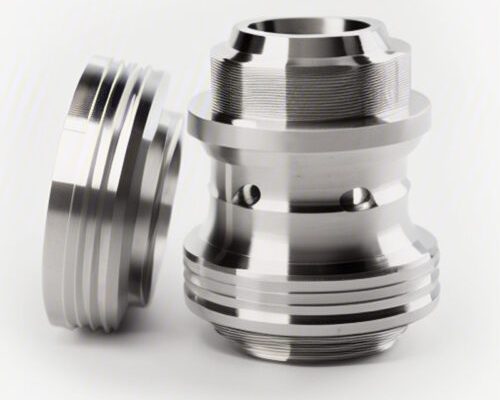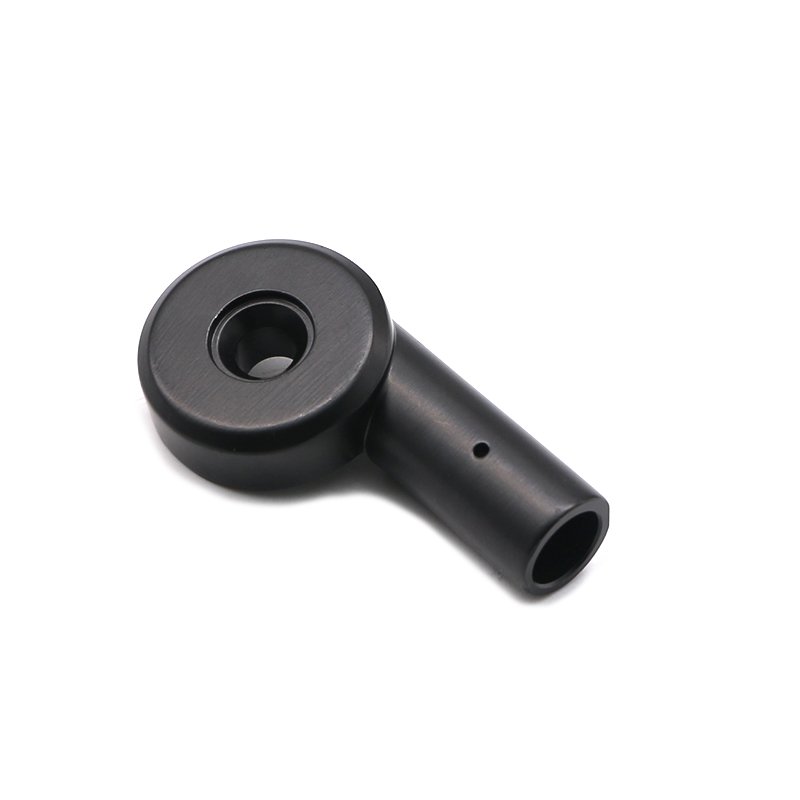Introduction:
In the CNC machining industry, minimizing scrap rate is crucial to optimize productivity and reduce material waste. This article will explore effective strategies and techniques to reduce scrap rate during CNC machining processes.
Understanding the Impact of High Scrap Rate:
High scrap rate in CNC machining not only leads to material waste but also impacts production efficiency and overall costs. It is essential to identify the root causes of scrap and implement measures to mitigate them.
Analyzing the Root Causes of High Scrap Rate:
- Machine Setup and Calibration:
Ensuring proper machine setup and calibration is essential to prevent errors in machining dimensions and tolerances. Regular maintenance and calibration of CNC machines can significantly reduce scrap rate.
- Tool Selection and Maintenance:
Choosing the right tools for specific machining tasks and maintaining them properly can help in achieving accurate cuts and reducing scrap. Regular tool inspection and replacement are critical in minimizing errors.
Strategies to Reduce CNC Machining Scrap Rate:
- Optimize Machining Parameters:
Adjusting cutting speeds, feed rates, and depth of cuts according to the material being machined can improve cutting efficiency and reduce scrap rate. Continuous monitoring and optimization of machining parameters are essential.
- Implement Quality Control Measures:
Integrating in-process quality control checks can help in detecting errors early in the machining process. By identifying issues promptly, corrective actions can be taken to prevent further scrap.
- Employee Training and Skill Development:
Providing comprehensive training to CNC operators and machinists on proper machining techniques and quality standards can improve overall accuracy and reduce scrap rate. Continuous skill development is key in achieving high precision in machining operations.
Case Study: Implementing Scrap Reduction Strategies at VMT CNC Machining Facility
At VMT CNC Machining facility, a proactive approach to reducing scrap rate has been implemented. By optimizing machining parameters, conducting regular machine maintenance, and providing extensive training to employees, VMT has successfully decreased scrap rate by 25% within six months.
Future Potential of Scrap Reduction in CNC Machining:
Looking ahead, advancements in technology such as AI-based predictive maintenance and real-time monitoring systems hold great potential in further reducing scrap rate in CNC machining. By leveraging these technologies, manufacturers can enhance efficiency and sustainability in their operations.
Conclusion:
Reducing scrap rate in CNC machining is not only beneficial for cost savings but also for improving overall operational efficiency and sustainability. By implementing the strategies and techniques discussed in this article, CNC machining facilities can effectively minimize waste and enhance productivity in their operations. Let’s work together towards a more sustainable and efficient machining industry.


